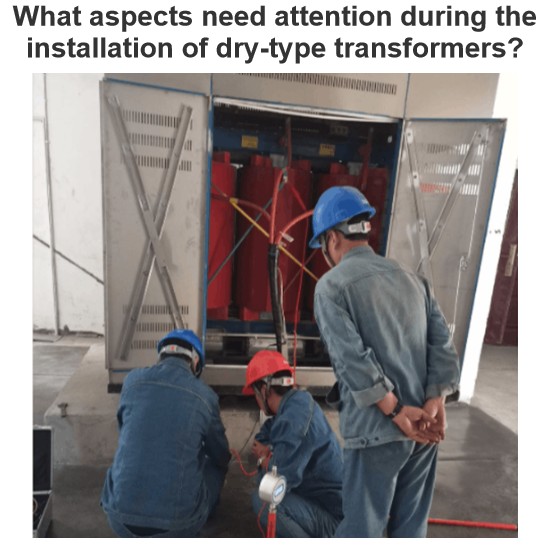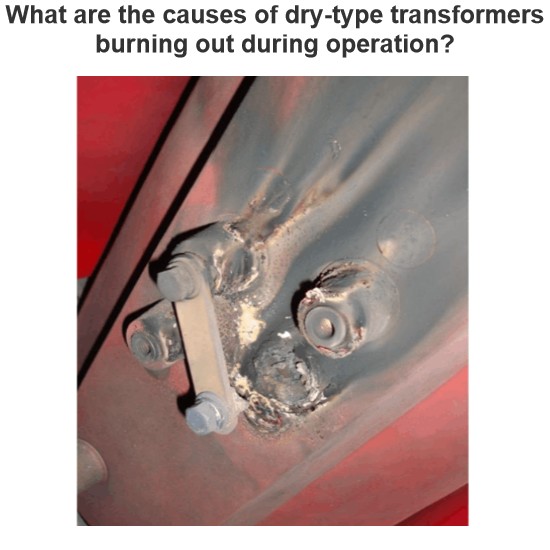What are the benefits of using transformers in power transmission and distribution systems?
Benefits of Using Transformers in Power Transmission and Distribution Systems
Transformers play a crucial role in power transmission and distribution systems, offering several advantages:
Voltage Transformation:
Step-Up: At power plants, transformers increase the low voltage generated by generators to a high voltage suitable for long-distance transmission. This reduces energy losses during transmission because the current is lower at higher voltages, thus minimizing line losses.
Step-Down: In distribution systems, transformers reduce high voltage to a lower voltage suitable for use by consumer devices. This ensures safe and efficient power distribution.
Isolation:
Transformers provide electrical isolation, preventing direct electrical connections between the primary and secondary sides. This enhances system safety and reduces the risk of fault propagation.
Impedance Matching:
Transformers can perform impedance matching, ensuring optimal impedance between the power source and the load, thereby improving system efficiency and stability.
Voltage Regulation:
Transformers can regulate output voltage by adjusting the turns ratio, ensuring stable voltage at the user end, even when the load varies.
Support for Multi-Phase Systems:
Transformers can be used in three-phase systems, providing balanced three-phase voltages, which is essential for industrial applications.
Why DC Power Is Not Commonly Used in Transmission and Distribution Systems
Although DC power has its advantages in certain specific applications (such as high-voltage DC transmission), it is less commonly used in traditional power transmission and distribution systems. Here are the main reasons:
Limitations of Transformers:
Transformers can only be used with AC power, not DC power. The principle of operation for transformers relies on alternating magnetic fields, which cannot be produced by DC power. Therefore, DC power cannot be transformed using transformers.
Equipment Cost and Complexity:
DC transmission systems require additional equipment, such as rectifiers and inverters, which add complexity and cost to the system. In contrast, AC transmission systems can directly use transformers for voltage transformation, making them simpler and less expensive.
Fault Protection:
In DC systems, fault currents do not have a natural zero-crossing point, making it more difficult to interrupt fault currents. AC systems can utilize the natural zero-crossing points of the current to interrupt arcs, making fault protection easier to achieve.
Distribution Flexibility:
AC power can be easily transformed to different voltage levels using transformers, adapting to various user requirements. DC power lacks this flexibility in distribution and requires complex conversion equipment to accommodate different voltage levels.
Existing Infrastructure:
Current power transmission and distribution systems are largely based on AC power, with extensive infrastructure already in place. Switching to DC power would require significant modifications and investments, which are economically unfeasible.
Summary
Transformers offer multiple advantages in power transmission and distribution systems, including voltage transformation, electrical isolation, impedance matching, voltage regulation, and support for multi-phase systems. DC power is less commonly used in traditional power systems due to the limitations of transformers, higher equipment costs and complexity, difficulties in fault protection, lack of distribution flexibility, and the existing AC-based infrastructure. However, with technological advancements, high-voltage DC transmission is gaining prominence in long-distance transmission and submarine cable applications.
The Electricity Encyclopedia is dedicated to accelerating the dissemination and application of electricity knowledge and adding impetus to the development and innovation of the electricity industry.













